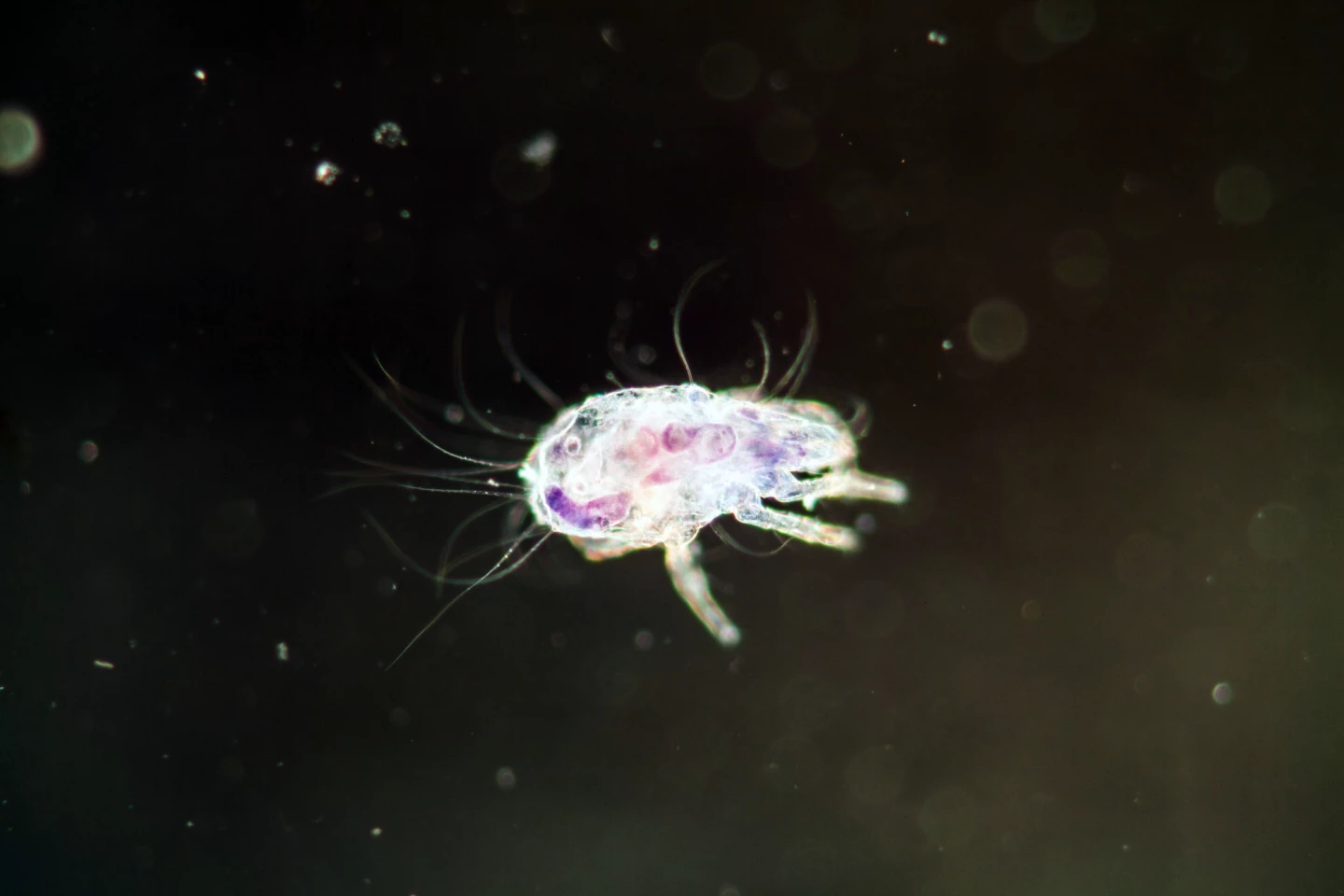New research has found that drinking camel milk can reduce the severity of asthma caused by house dust mites, a major trigger. While the research is still in the early stages, it opens the door to using camel milk in combination with existing therapies.
For asthmatics, a significant trigger of allergic reactions is house dust mites (HDM), the tiny bugs that commonly live in house dust. Present in virtually every home worldwide, and thriving in warm, humid environments, they can’t be eliminated entirely, so they always pose a threat.
A new international study has found that, in mice, camel milk helped reduce the development and severity of asthma triggered by HDM.
In the present study, the researchers tested the effect of camel milk on mouse models of asthma. Three groups of mice were used: healthy (naïve), asthma induced by allergens (HDM), and asthma-induced treated with camel milk (CM/HDM). Camel milk was given orally, 0.5 ml, five times a week, starting a day before allergen exposure and continuing throughout the study. Mice were then exposed to increasing doses of methacholine, a drug that causes the airways to narrow and is used to evaluate how “reactive” or “responsive” the lungs are. Lung fluid, tissue, and cells were analyzed for signs of inflammation and immune response.
The researchers found that mice exposed to HDM showed significantly higher airway hyperresponsiveness. This means the airways were overly sensitive and prone to narrowing in response to triggers such as allergens. This type of exaggerated response, which can lead to coughing, wheezing, and shortness of breath, is often associated with asthma. Camel milk reduced this airway hyperresponsiveness back toward normal levels. It also reduced the total number of immune cells in the lungs, particularly eosinophils, a type of white blood cell that plays a key role in allergic asthma.
Camel milk was also seen to reduce the levels of helper T (Th) cells, specifically Th2 and Th17. Th2 cells play a crucial role in the immune response, particularly in allergic reactions, and are known to contribute to asthma. Similarly, Th17 cells have been implicated in the development of various autoimmune and inflammatory diseases. It also lowered levels of inflammatory chemicals, called cytokines, which are central to allergic responses. The researchers also found that camel milk suppressed CCL17, a chemokine (signaling protein) that attracts certain types of immune cells, particularly T cells, to inflammatory sites.

Previous studies have shown that camel milk has therapeutic properties. It’s richer in minerals, vitamins, and antioxidants than other mammalian milks and, compared to cow’s milk, contains whey proteins, which are of high nutritional value. It’s also known to contain lactoferrin, a protein with immune-supporting properties, and immunoglobulin G (IgG), a type of antibody. Interestingly, research has found that asthmatics tend to have lower levels of IgG.
While camel milk is rich in these bioactive compounds, the study didn’t isolate or quantify which specific components were responsible for the observed effects. Another limitation was that no comparison was made with cow’s milk. Although cow’s milk is more commonly consumed and has also shown immune benefits, it was not used as a control or comparator. Because the study was conducted on mice, the results may not translate to humans. All of the camel milk used in the study was from one farm, which limits the generalizability of the findings, as milk composition can vary by region, camel breed, and environment.
Despite these limitations, the findings are promising. Camel milk may hold real potential as a supplementary treatment for allergic asthma, especially due to its anti-inflammatory and immune-modulating properties. The findings support traditional claims and earlier small human trials suggesting camel milk may be beneficial for asthmatics.
However, human clinical trials are essential before camel milk can be recommended as a treatment or preventive measure for asthma. There may be value in exploring the use of camel milk in combination with existing therapies, or even as a dietary preventive measure in high-risk populations.
The study was published in the journal PLOS One.






